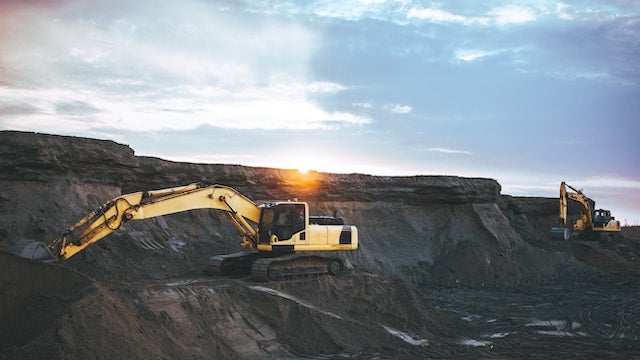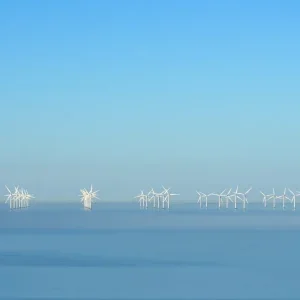
Australian lithium exploration company Galan Lithium has started full Phase I pond construction at the Hombre Muerto West (HMW) lithium brine project in Catamarca Province, Argentina.
Through the construction, the company aims to deliver lithium chloride production in the first half of 2025.
Galan said that the initial batch of earthmoving equipment required for the construction has been mobilised and is working on the site.
Additional equipment is expected to be mobilised in the next week, for scaling up the material movement capacity.
In addition, the company has commenced other construction activities for upgrading essential services such as camp, diesel storage, water supply, etc.
Galan managing director Juan Pablo (JP) Vargas de la Vega said: “This is the beginning of our construction journey to production. I would like to congratulate the global Galan team for their continued support to make this happen.
“This is also testimony to our desire to work locally with the community and contractors whilst receiving full support from the provincial government of Catamarca, Argentina.
“We have come a long way since our early days, considering Galan only obtained the original Hombre Muerto assets just over five years ago and with all the delays experienced during Covid-19.
“This feels more real than ever for everyone at Galan. We will continue to give our best-focused efforts to become a new lithium producer by H1 2025.”
Hombre Muerto West (HMW) project comprises seven concessions, Pata Pila, Rana de Sal, Deceo III, Del Condor, Pucara, Catalina and Santa Barbara.
According to the definitive feasibility study (DFS), the HMW project is planned to be developed in two separate phases.
The initial phase will focus on the production of a lithium chloride concentrate.
The first milestone of the construction includes building, lining and filling the first pond system with brine, which is expected by the first quarter of 2024.
The completion of the pond, which uses an evaporation area of 205,000m2, is expected to trigger the start of the evaporation path to production at the most favourable time, said Galan.






